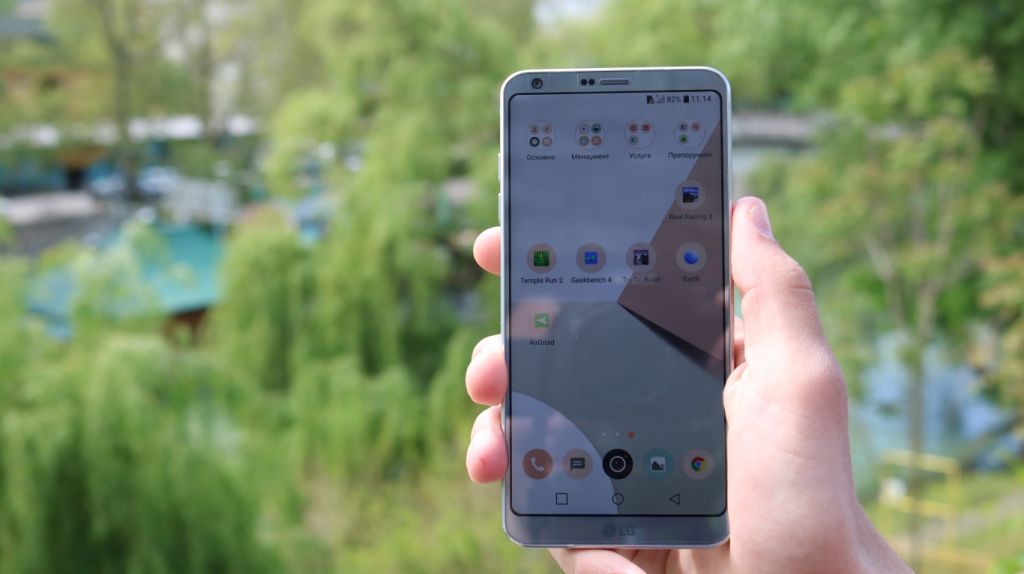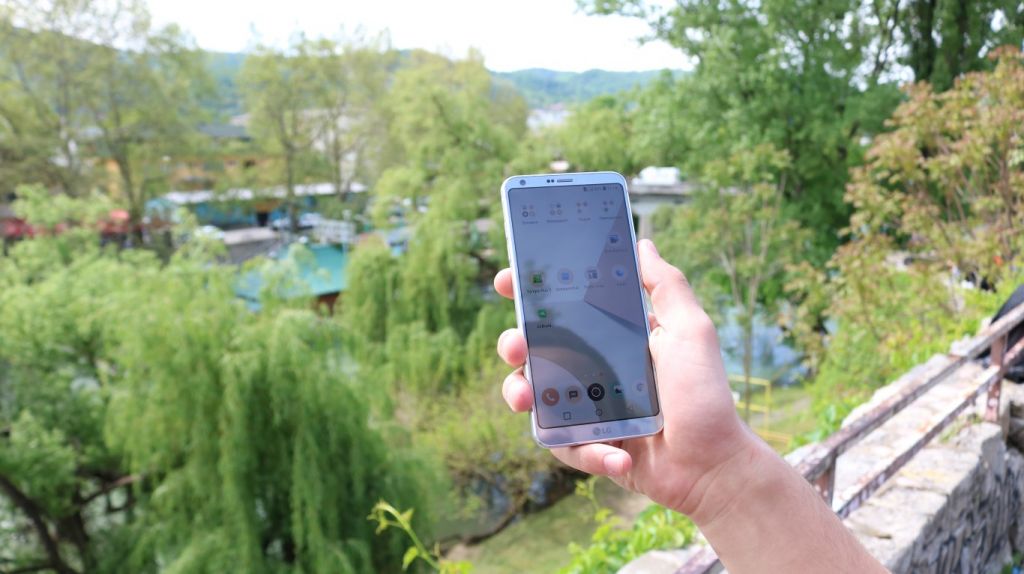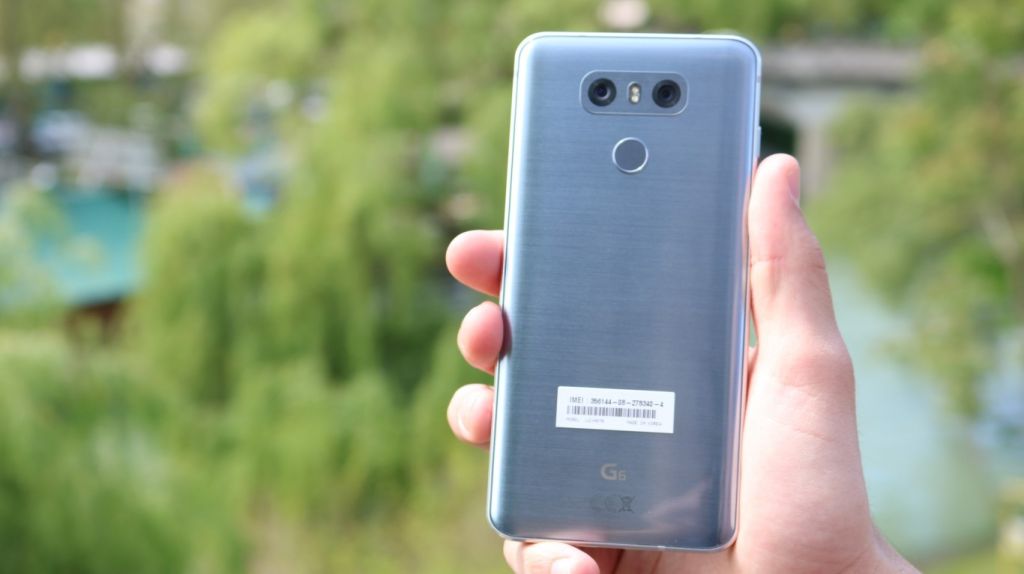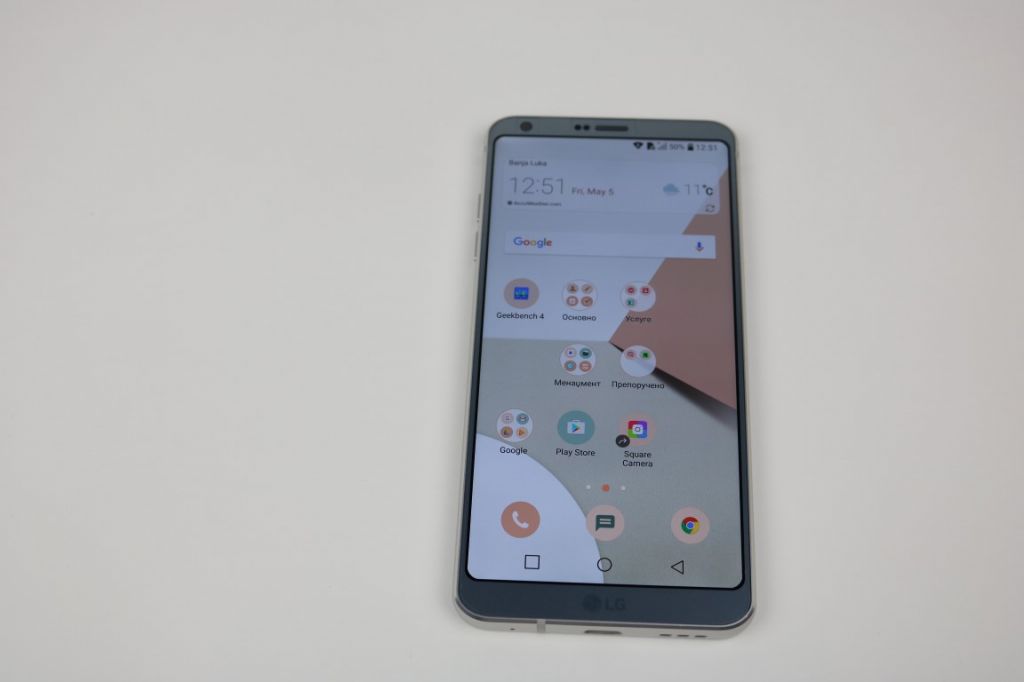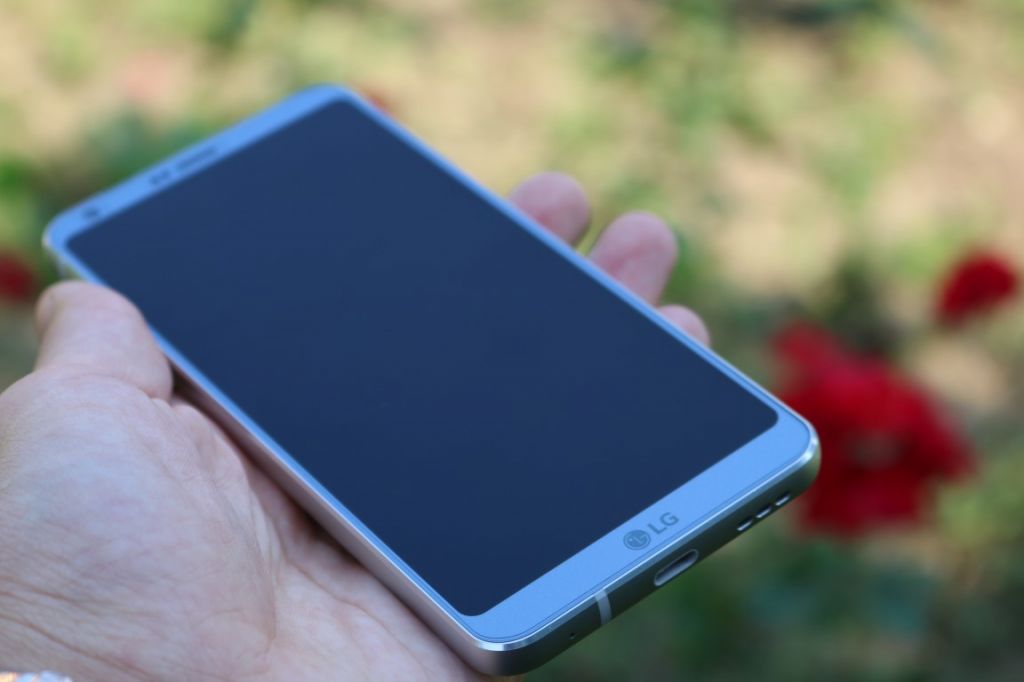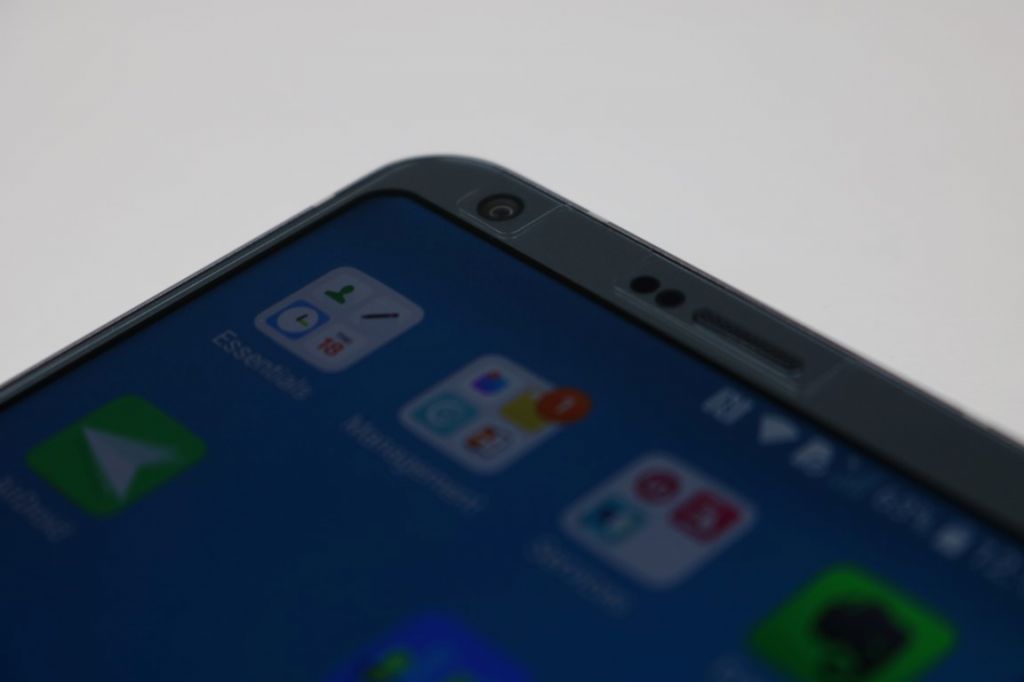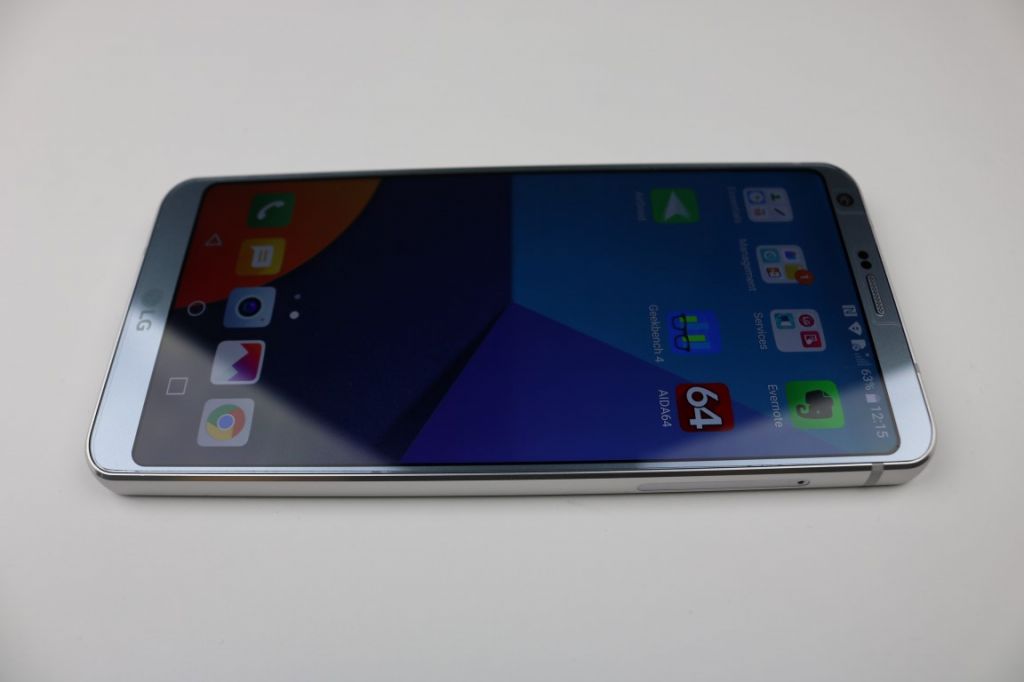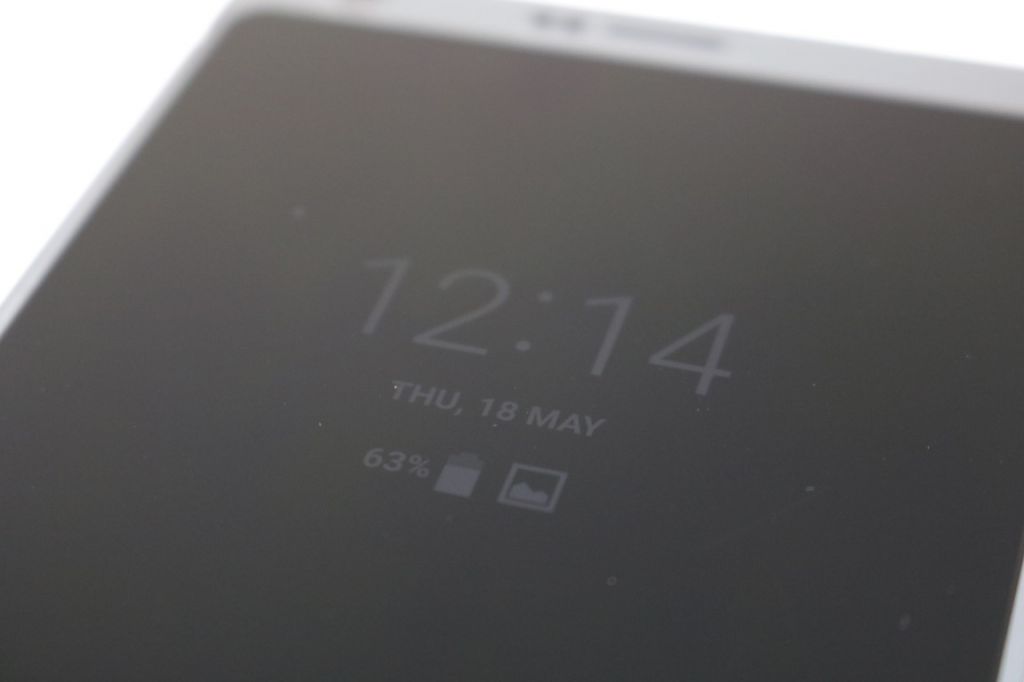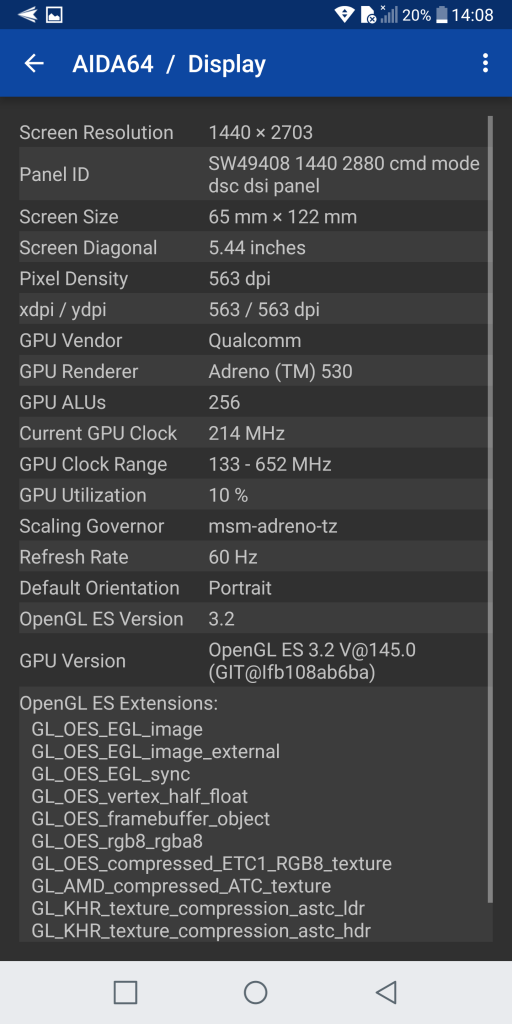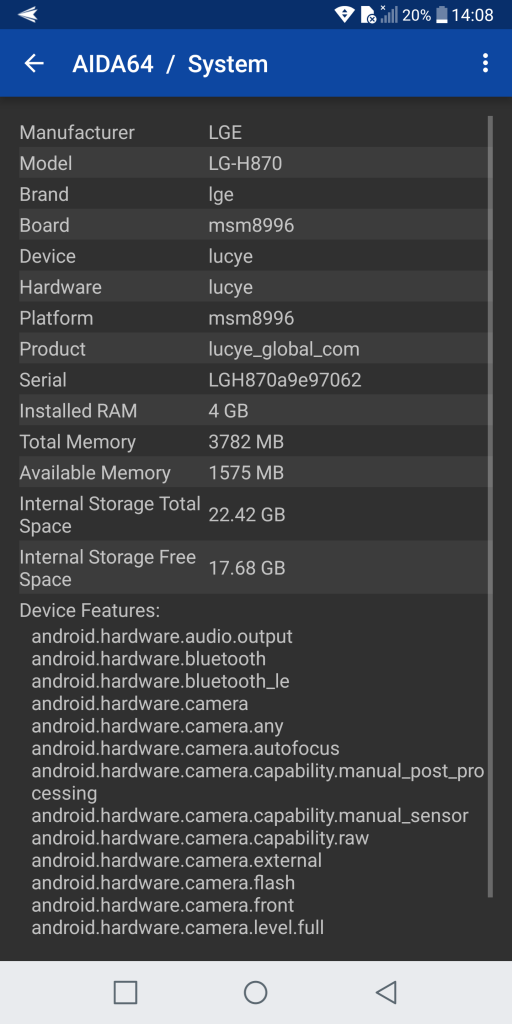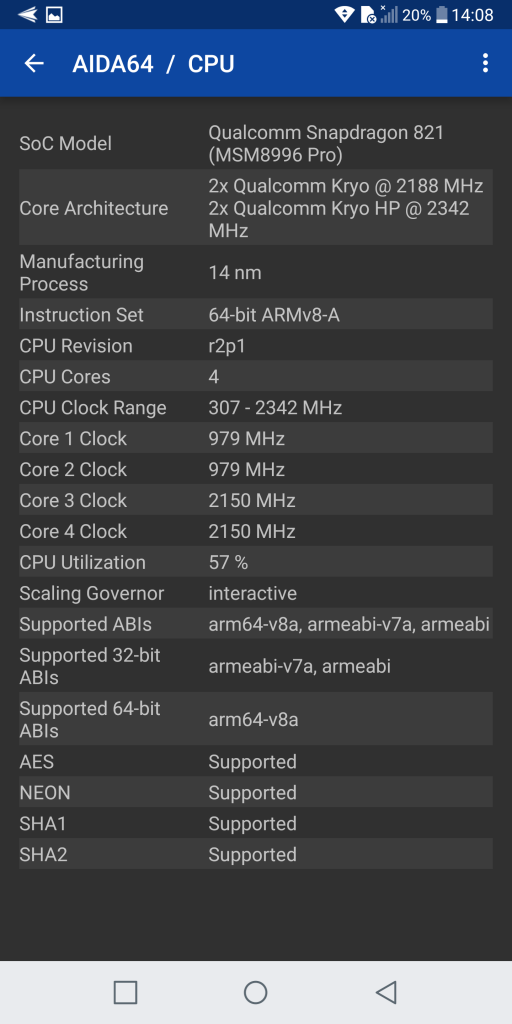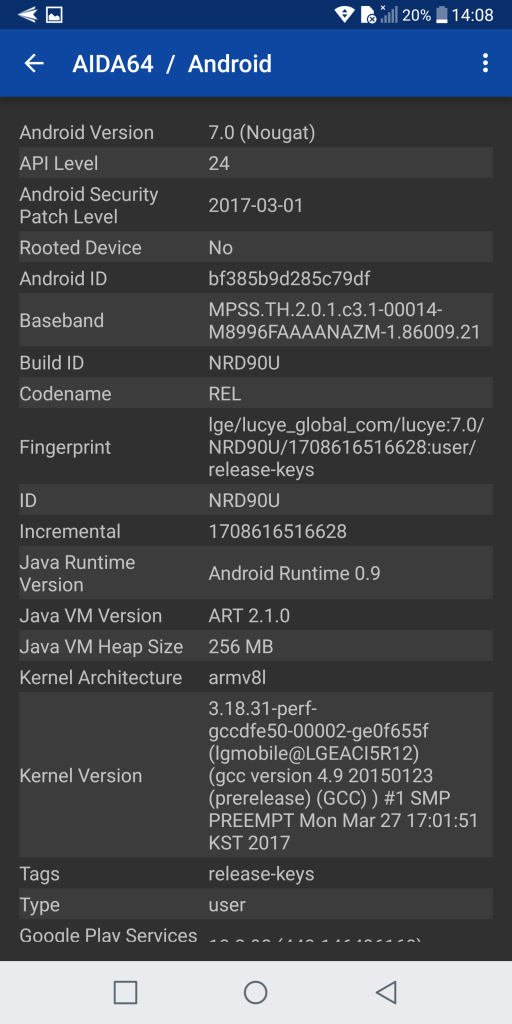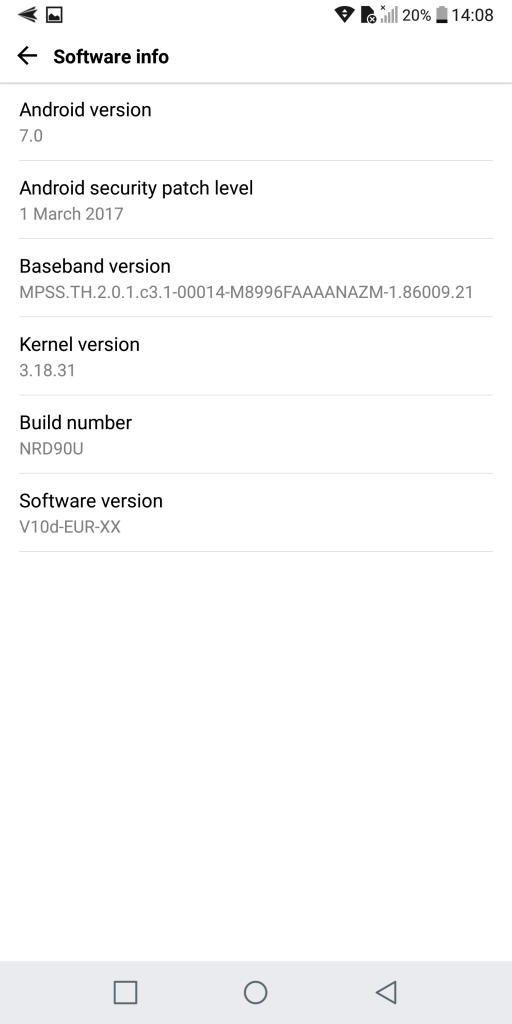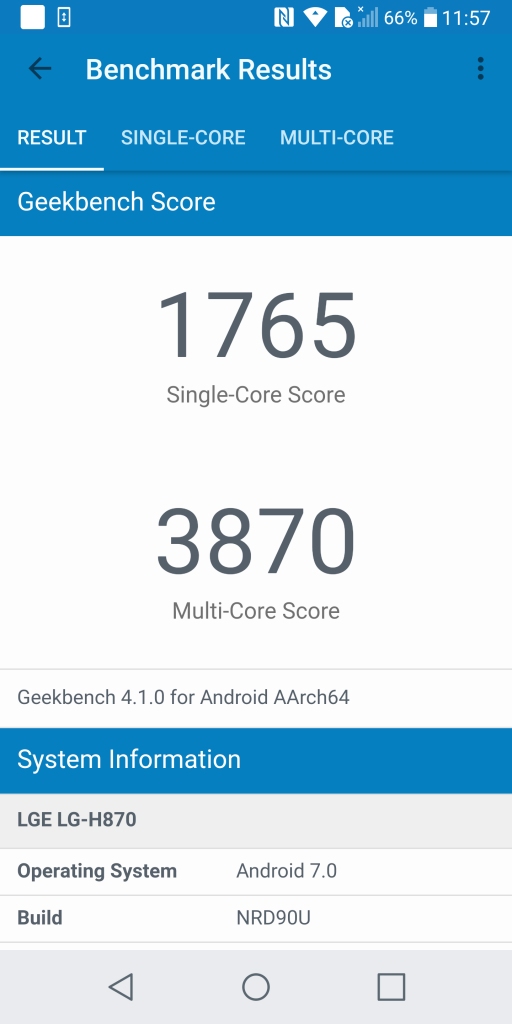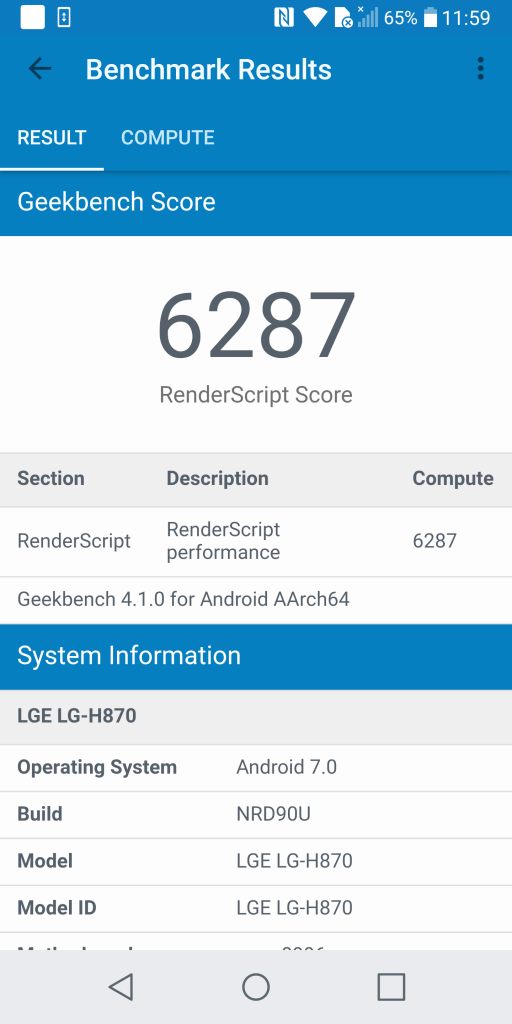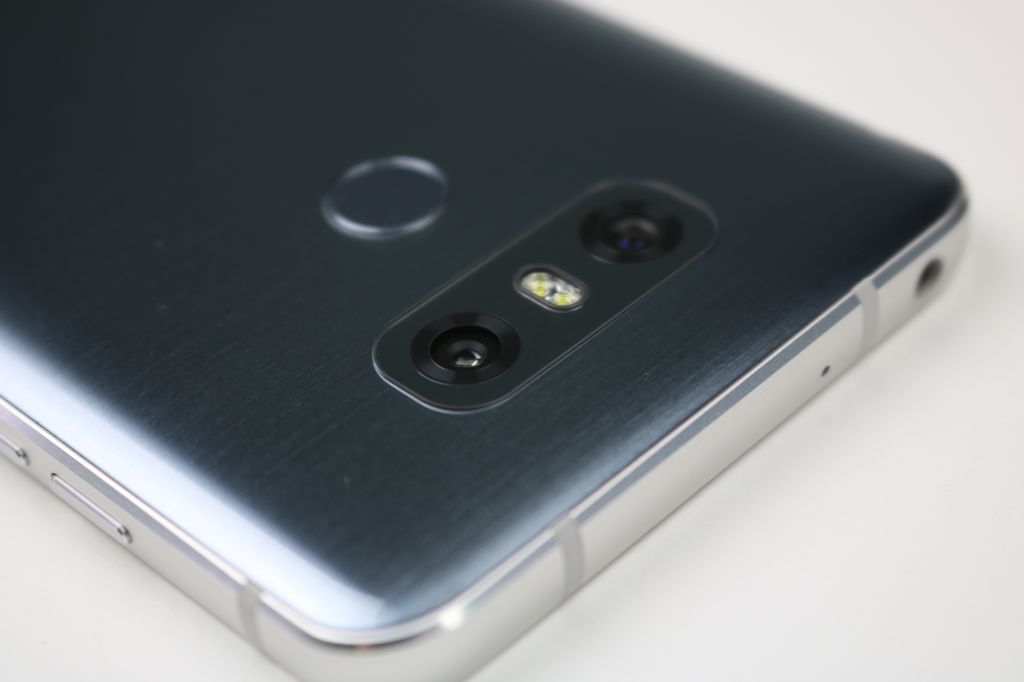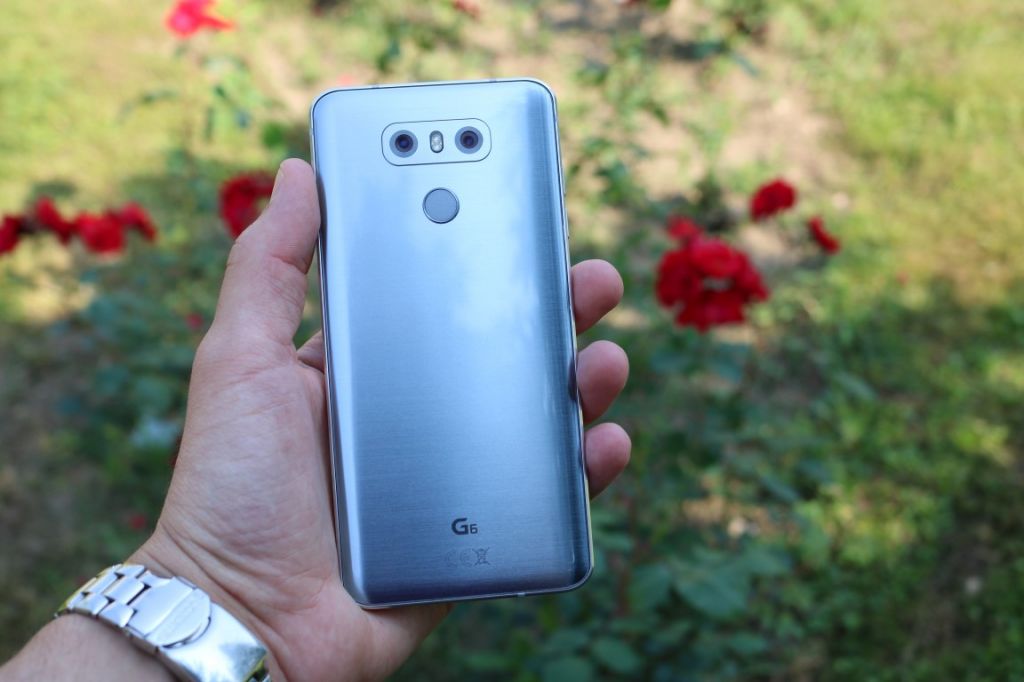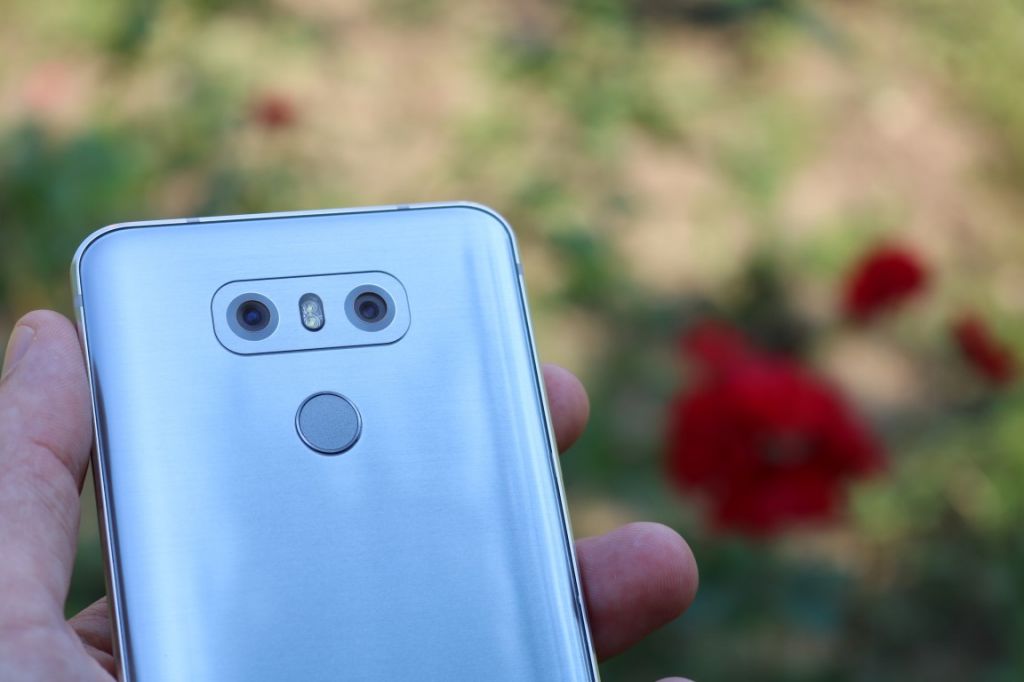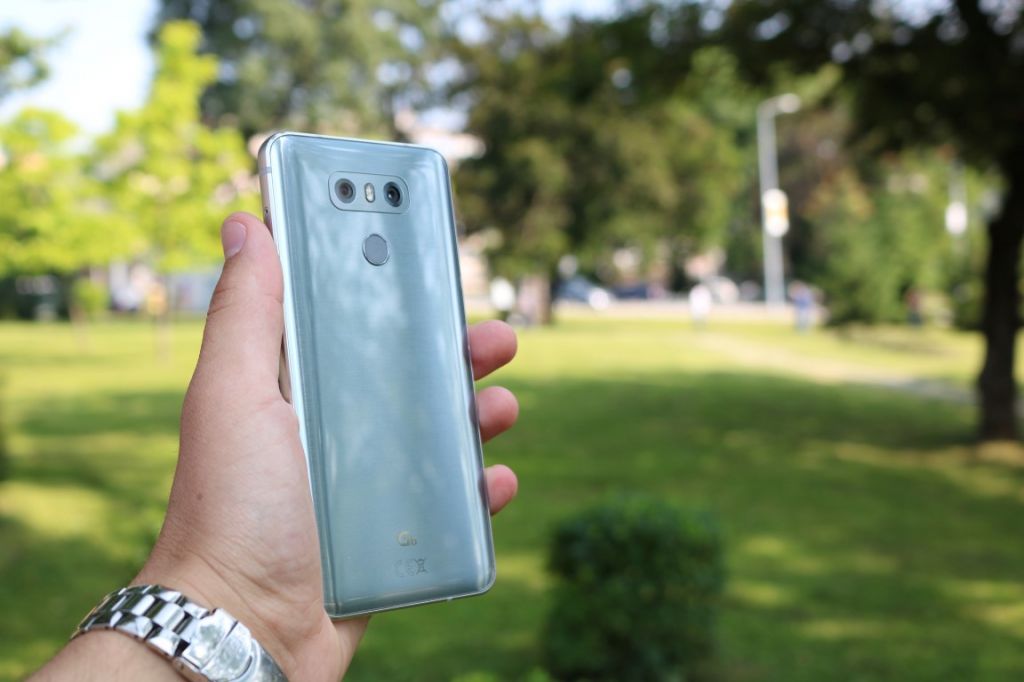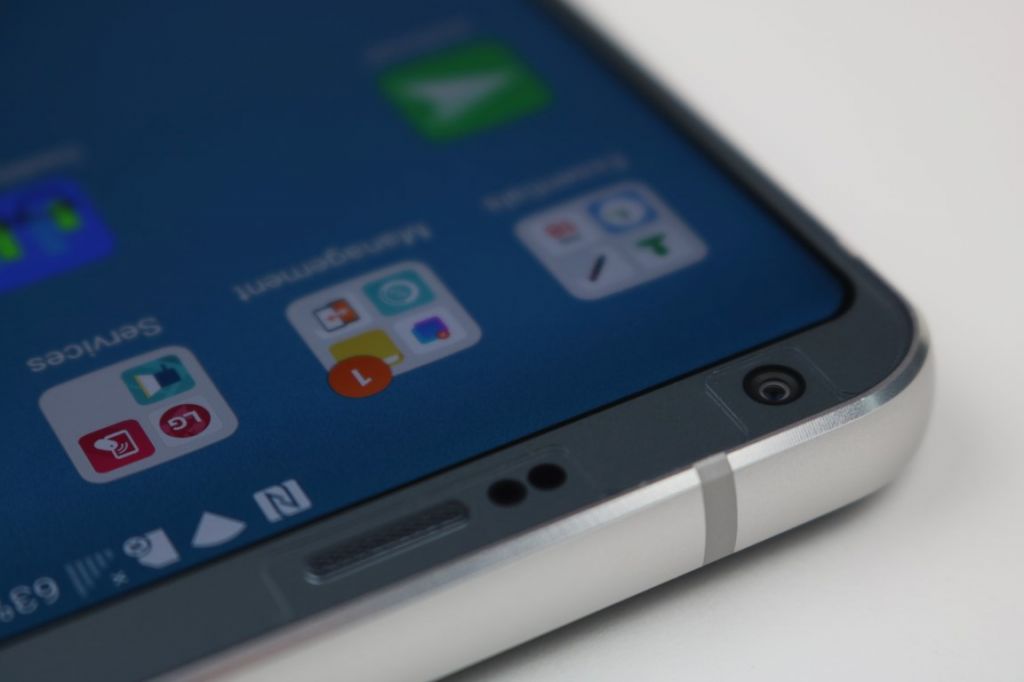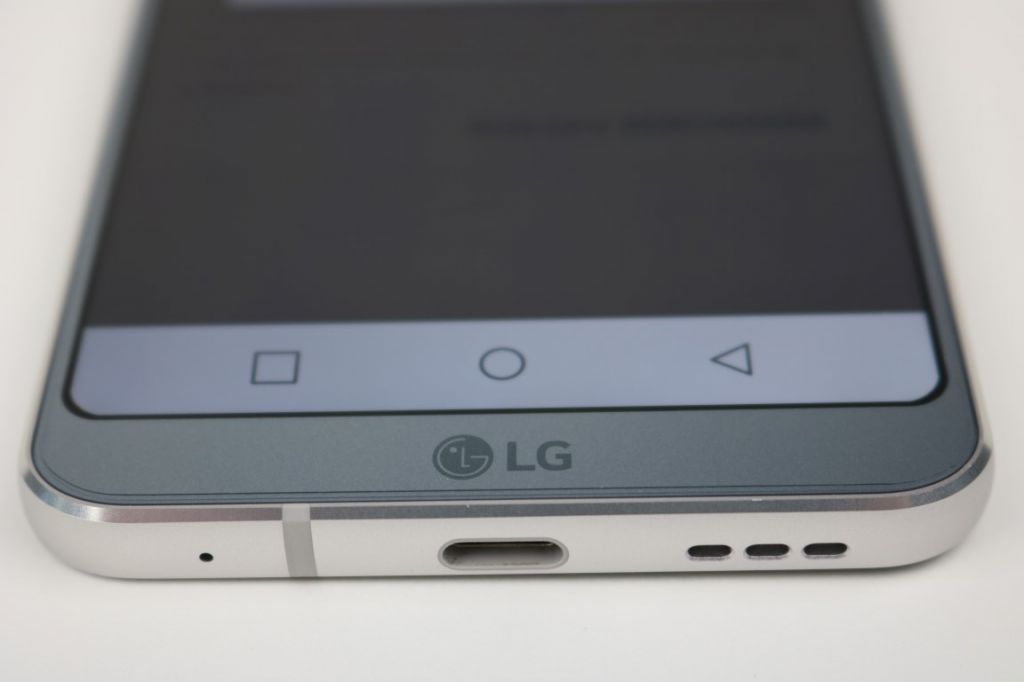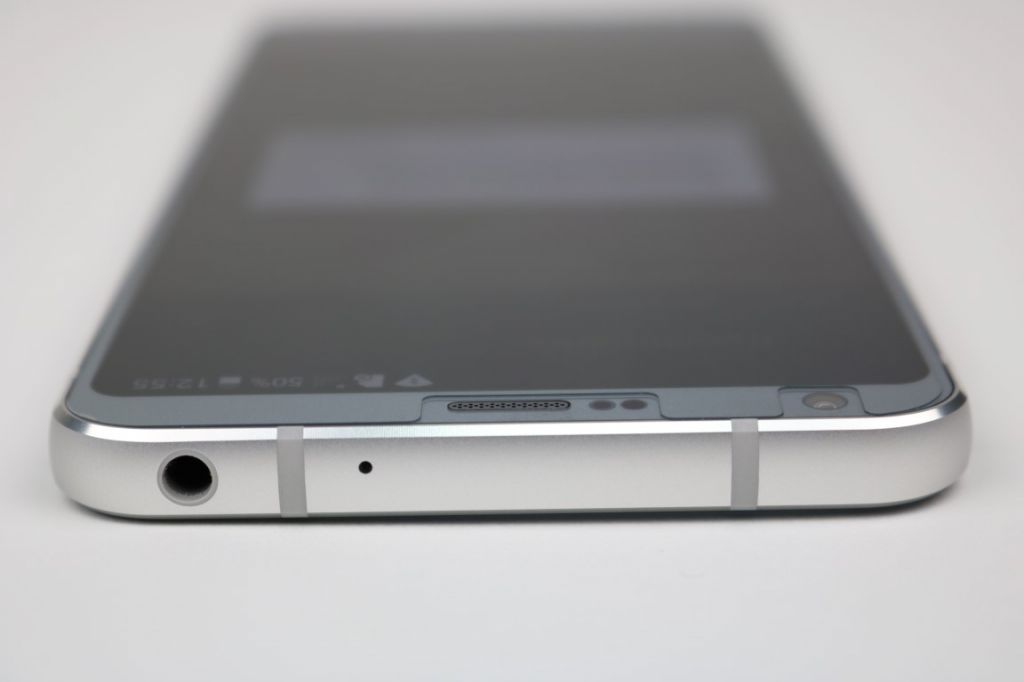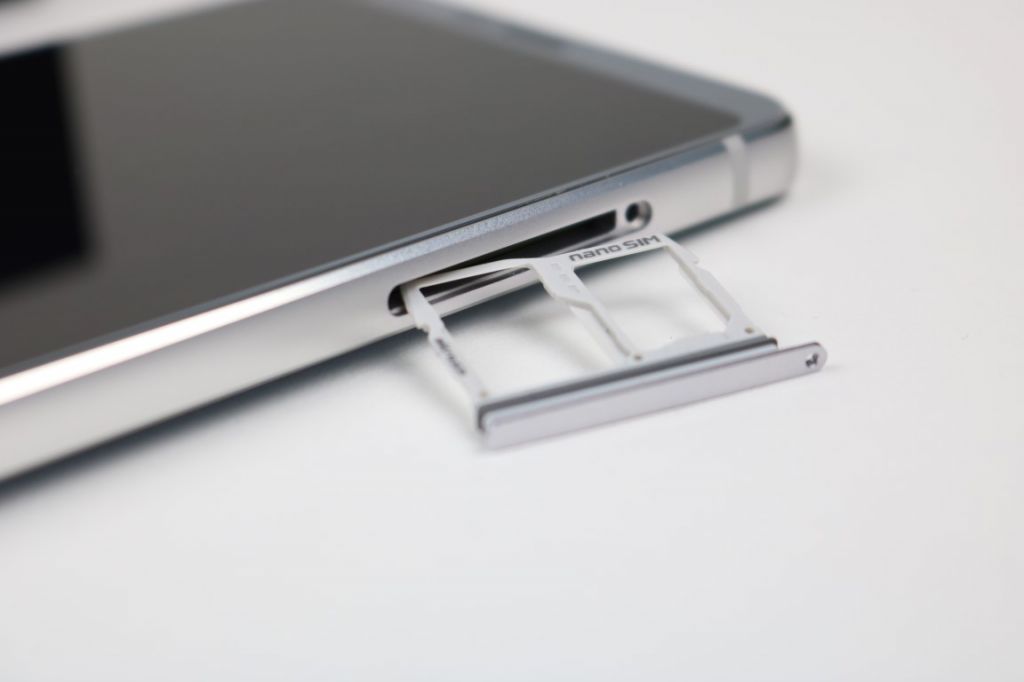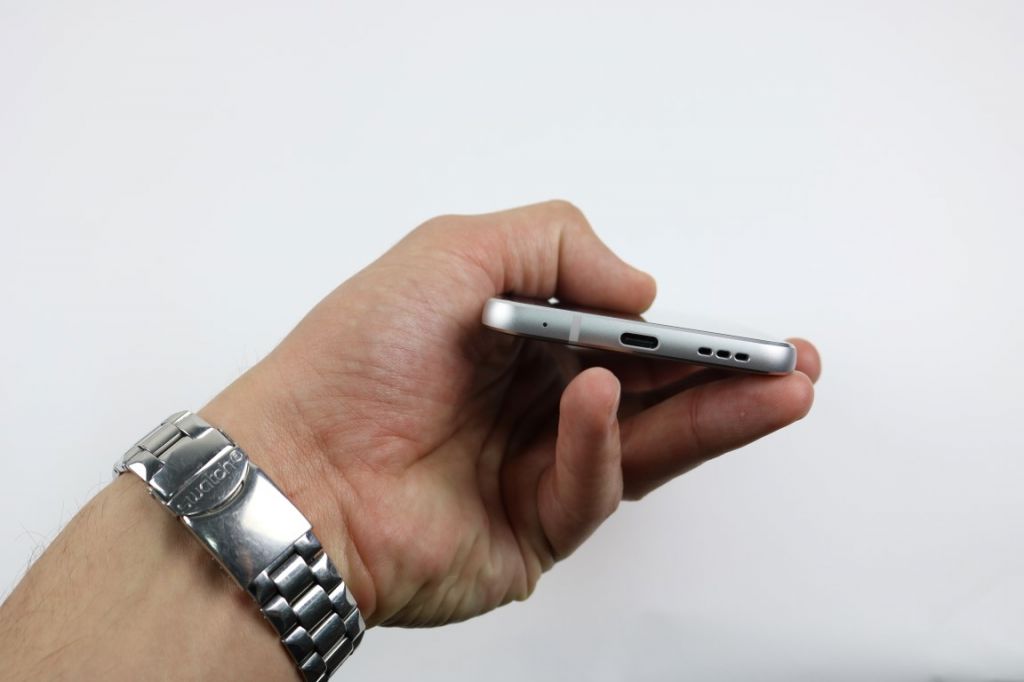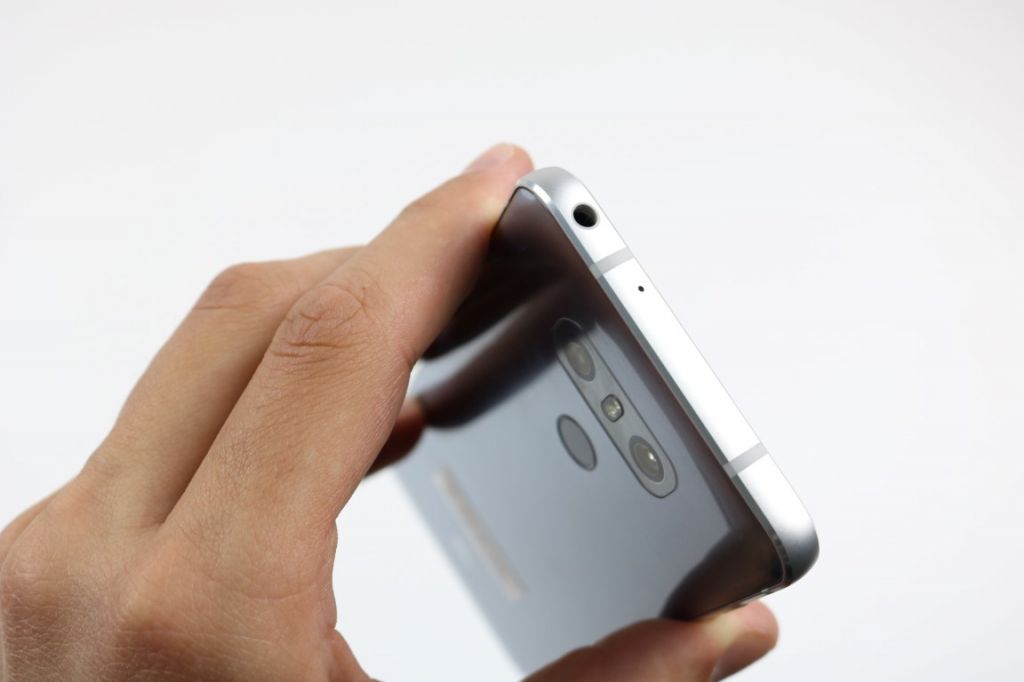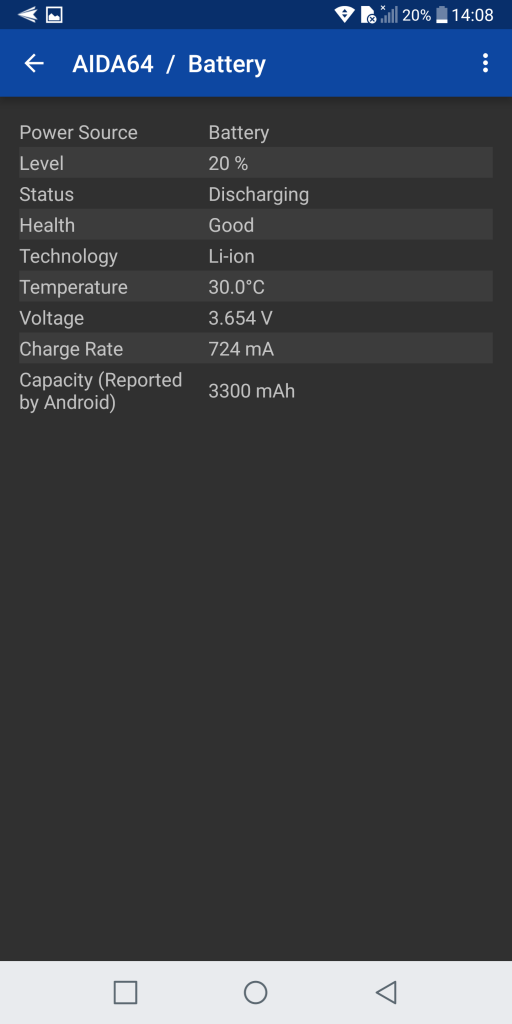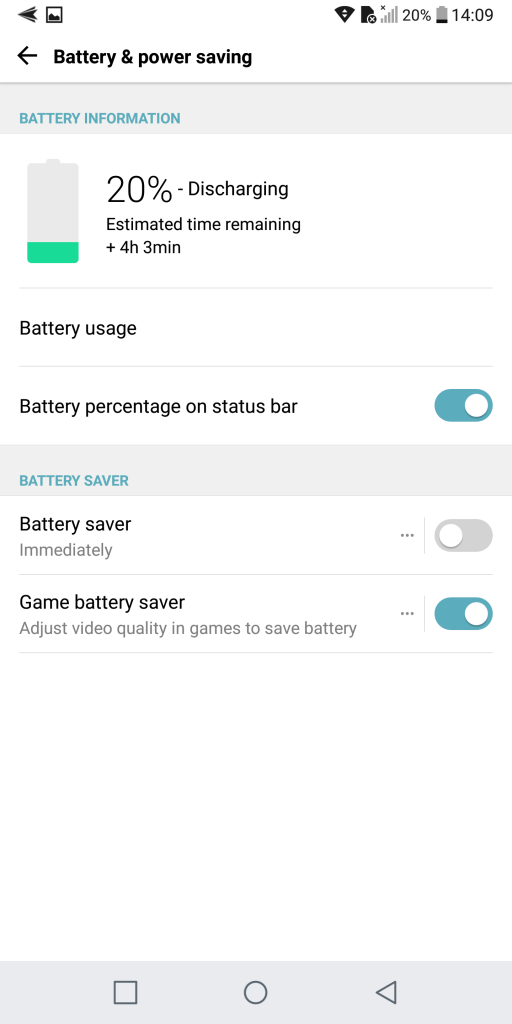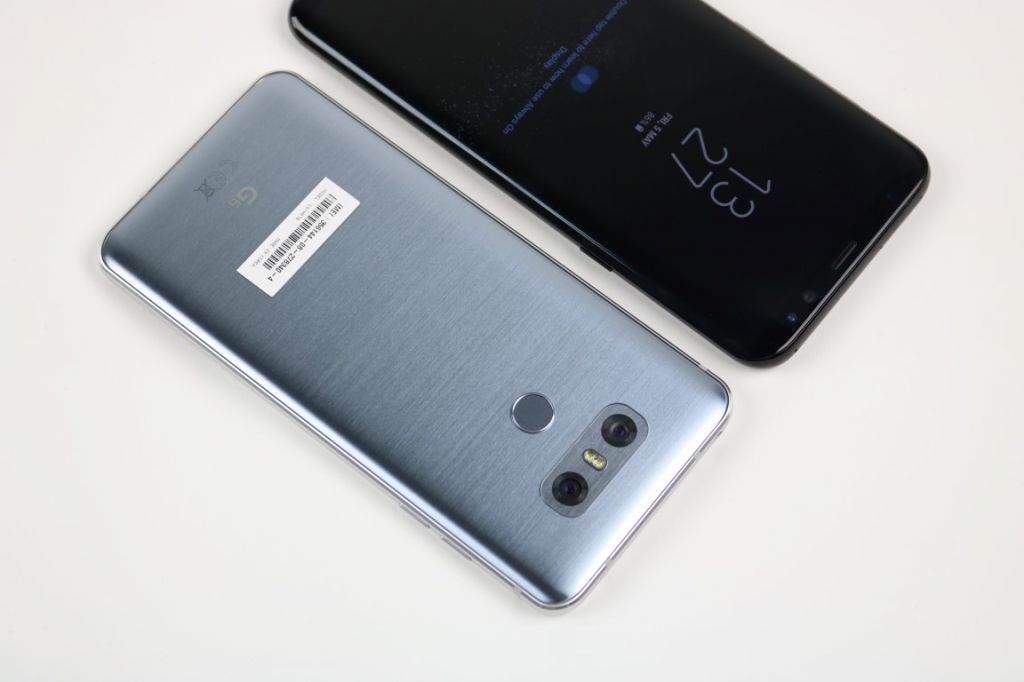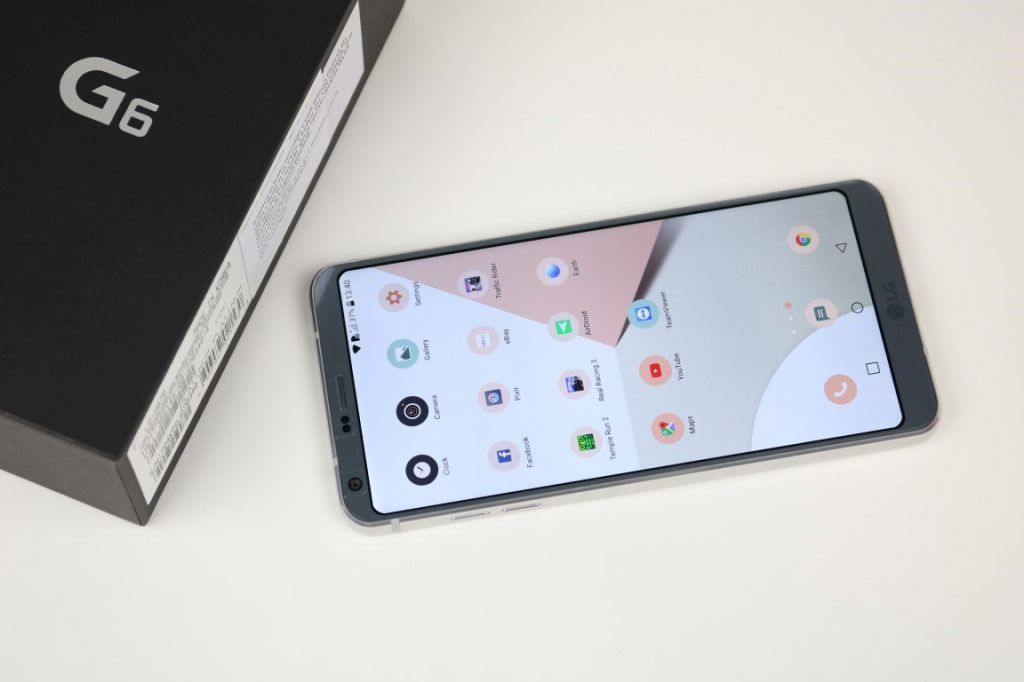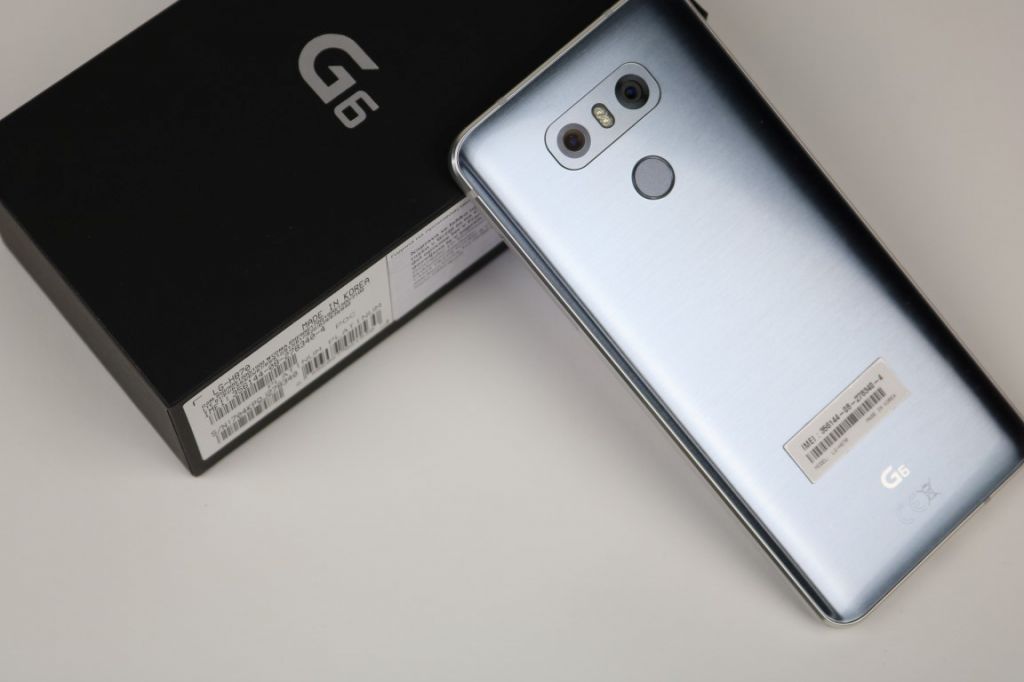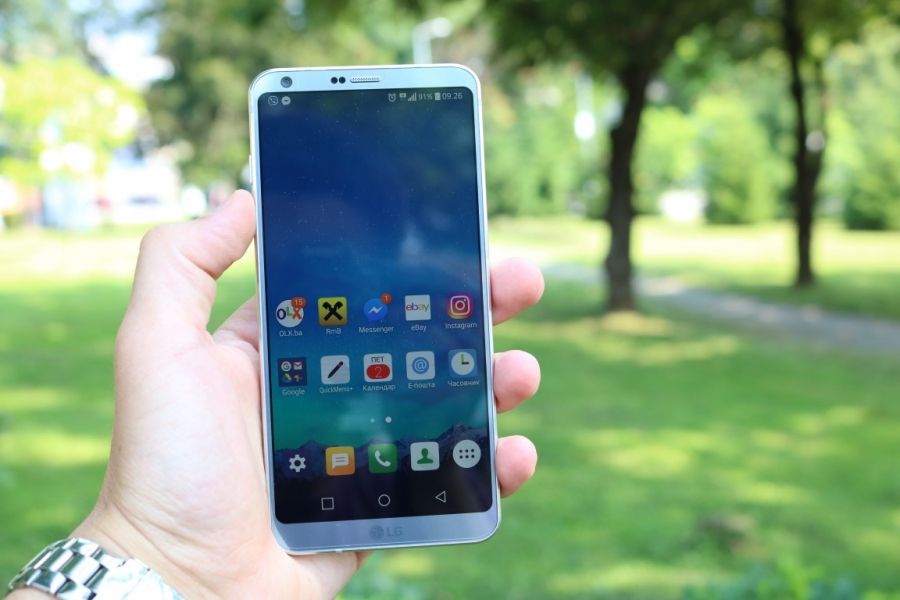
Introduction
After the LG G4, which had too many factory errors and a poor chipset compared to the competitors, LG have unveiled the G5 in 2016. Although it was on par with the competitors regarding specifications, with a removable battery, and various modular accessories, it still didn’t succeed in the market. This year we have a new kicker from the LG – the G6. This time also we have two main cameras, but this time we have two 13MP sensors, one of which is regular, and the other one is wide-angle, this time without modular design. The thing that should single out the G6 from the competitors is its 5.7” 2880 x 1440 resolution screen with 18:9 aspect ratio. The thing that doesn’t fit into the story of a 2017 flagship is the chipset, which is Qualcomm’s Snapdragon 821 chipset which we could see in the OnePlus 3T from September 2016. RAM is still at 4GB, and there are 2 storage options, 32 and 64GB. Alongside last year’s chipset, we have the Sony’s IMX258 sensor which is now in the market for almost 2 years. The G6 is a waterproof device, and it can survive depths up to 1.5m and durations up to 30 minutes. The starting price is on the same level as the competitors. Whether the G6 justifies its price, feel free to check in the rest of the text.
Unboxing
Display
The one thing that makes the G6 special is its 5.7” display. Although the screen is bigger than the one in its predecessor, the device itself has remained the same size as the G5. This is managed by stretching the screen towards the edges of the device, and thinning the bezels. The G6 uses the IPS display, which can represent up to 16.7 million colors. Another great thing about the display of the G6 is its resolution – 2880 x 1440 pixels. With this resolution, and a 5.7” diagonal, we get to 564 PPI. The aspect ratio is 18:9. Viewing angles are great, the screen is very sharp, and the only downside would be under-saturated colors. Simply, when you compare the display to the one of the Samsung S8, the colors look pale and washed up. As well as the G5, the G6 also has the AlwaysOn display available. There’s also the DolbyVision, which serves for screen representation improvements. One of the biggest flaws of the G6 is that the glass used to protect the screen is Corning Gorilla Glass 3, while the G5 for example had 4th generation glass. For the protection of the back side of the device, the 5th generation of the Gorilla Glass is used.
Hardware and OS
LG’s new 2017 device is equipped with a chipset that we have already seen in other manufacturers’ devices. It is the Qualcomm Snapdragon 821 chipset. The reason why this chipset was built into the 2017 flagship is that Samsung had reserved most of Snapdragon 835 chipsets for their flagship, so LG didn’t have a choice but to go for the last generation of Qualcomm chipsets. Of course, this is not an obsolete chipset, or a chipset which will fall behind the competitors regarding performances. This especially shouldn’t be a concern for users who use the device for the most basic tasks, and who find the difference in performances minor or irrelevant. Qualcomm Snapdragon 821 is a quad core chipset which has 2 cores clocked at 2.35 GHz, and other 2 cores clocked at 1.6 GHz. Adreno 530 GPU is in charge of the graphics. This device is equipped with 4GB of LPDDR4 RAM, and 32GB of internal storage. When it comes to benchmark tests, the G6 is placed right between devices with Snapdragon 820, and devices with Snapdragon 835. Fast charging is implemented through Quick Charge 3.0 system, while wireless charging is reserved only for American market version of the device. Fingerprint sensor is placed on the back of the device, below the camera sensor. LG G6 comes with preinstalled Android v7.0 Nougat firmware and with LG UX 6.0 user interface.
Camera
This time as well we have 2 main cameras, but this time they are 13MP sensors. Alongside the regular 13MP camera, we have a 13MP wide-angle camera, but without the auto-focus system. Both cameras use the same sensor, Sony’s IMX258. It is a sensor which is on the market for almost 2 years, and it is usual for Chinese manufacturers’ middle class devices. The regular camera covers the angle of 71 degrees, while the wide-angle camera cover the angle of 125 degrees. Also, the regular camera has a bigger aperture, and optical image stabilization. Pictures taken by the cameras of the G6 are of pretty good quality. The front facing camera has the resolution of 5MP, and it also offers wide-angle shots, but this time there’s no need for another camera. Wide-angle shots are this time a software thing. Compared to the G5, you could say that the front facing camera has taken a step down regarding resolution and photo quality. The front facing camera captures FullHD videos at 30fps.
Connectivity
The LG G6, as well as every modern Android device, is equipped with a wide range of connection options. The device we have here for our test is SingleSIM, but the DualSIM version is also available. GSM, UMTS and LTE networks are supported as usual, so the theoretical maximum download speeds go up to 600Mbps, and upload speeds go up to 150Mbps. USB Type-C cable is used for charging and data transfer, and it comes in the package with the device. We also have a 3.5mm audio port. One of the advantages of the G6 is that it supports storage expansion through a microSD card, up to 256GB.
When it comes to other connections, we have:
- WiFi (all modern standards are supported)
- NFC
- BlueTooth v4.2
- DLNA
- FM Radio
- A-GPS
Battery
Considering the massive screen, the G6 needs to have a good battery. Compared to the LG G5, the G6 has brought huge improvements regarding battery capacity; 3300 mAh compared to the last year’s 2800 mAh. This time we have a non-removable Li-Polymer battery. The results are indeed better.
With one full charge the results are:
- around 300 stand-by hours (about 10 hours more than the G5)
- around 22 hours of 3G network usage (about 5 hours more than the G5)
Final words
LG has entered 2017 with great middle class smartphones. When it comes to the premium class however, we think that it does not have what it takes to beat its competitors from Samsung, Sony, Huawei and HTC. The best points of the G6 are its design and the screen to an extent, because although on paper it seems fascinating, in practice the colors seem under saturated. The sharpness and other viewing parameters are excellent, the chassis quality is also a plus, as well as water resistance. One of the biggest flaws of the G6 is its chipset. Although the Snapdragon 821 is a very capable chipset, it just cannot compete with the Snapdragon 835 which the competitors from 2017 have. Slightly obsolete camera sensors are somewhat improved with a very well-made camera software. Also, we think that limiting wireless charging only to the American market is pointless. These flaws are just too great, taking into account that the G6 is in the same price range as its competitors.
Do you like the LG G6? We’d like to see your opinion in the comment section below. If you have any ideas or you would like to see a specific device being reviewed soon, feel free to let us know here or on our Facebook page. If you liked this review, subscribe to our Youtube channel, like us on Facebook, and sit back and relax while we make more of the same for you.



